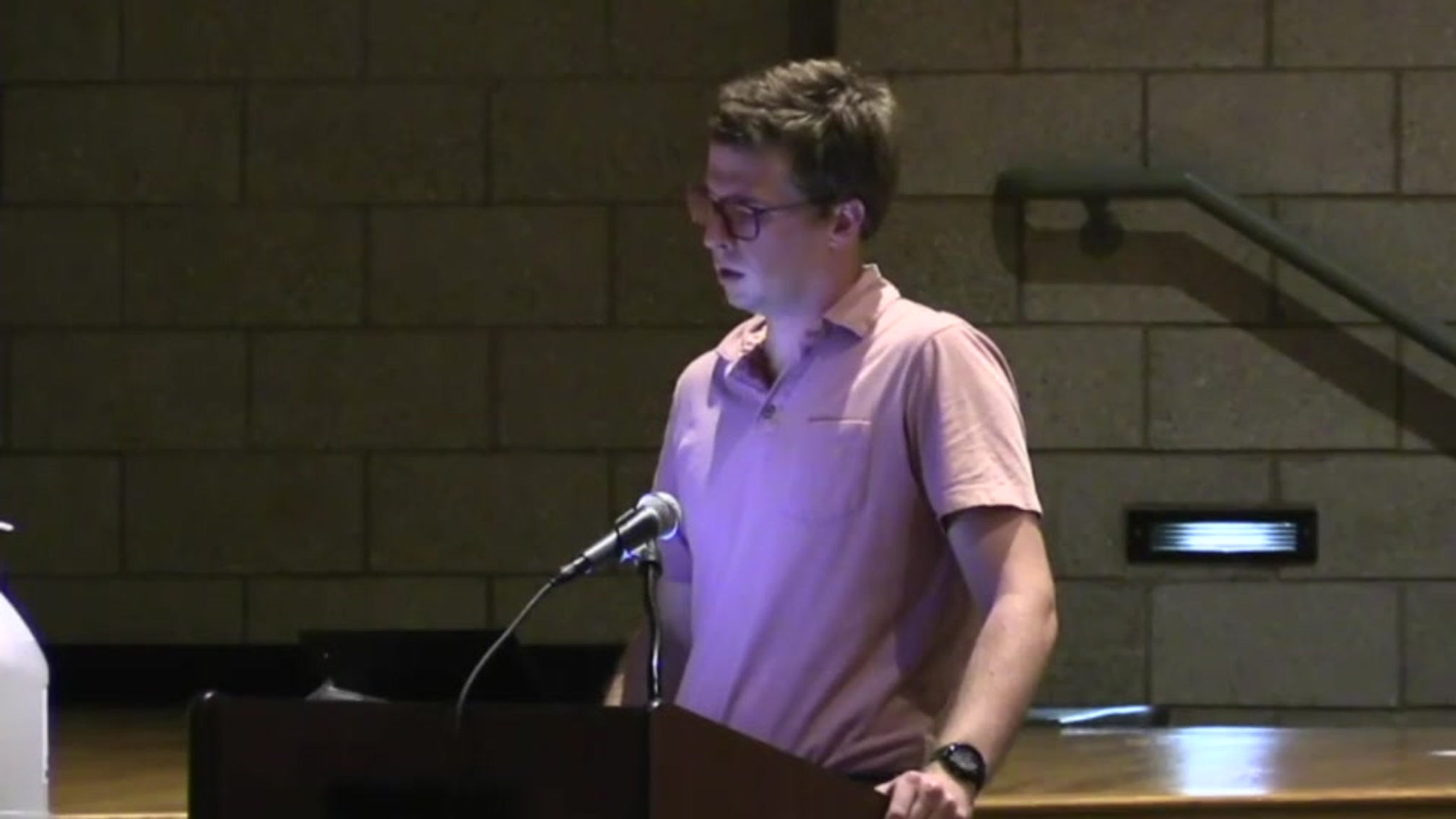What's Wrong with Wind and Solar? | 5 Minute Video
Are wind, solar, and batteries the magical solutions to all our energy needs? Or do they come with too high a price? Mark Mills, Senior Fellow at the Manhattan Institute, analyzes the true cost — both economic and environmental — of so-called green energy.
FOLLOW us!
Facebook: 👉https://www.facebook.com/prageru
Twitter: 👉https://twitter.com/prageru
Instagram: 👉https://instagram.com/prageru/
SUBSCRIBE so you never miss a new video! 👉 https://www.prageru.com/join/
To view the script, sources, quiz, visit https://www.prageru.com/video/whats-wrong-with-wind-and-solar
Join PragerU's text list to have these videos, free merchandise giveaways and breaking announcements sent directly to your phone! https://optin.mobiniti.com/prageru
Do you shop on Amazon? Click https://smile.amazon.com and a percentage of every Amazon purchase will be donated to PragerU. Same great products. Same low price. Shopping made meaningful.
SHOP!
Love PragerU? Now you can wear PragerU merchandise! Visit our store today! https://shop.prageru.com/
JOIN PragerFORCE!
For Students: http://l.prageru.com/2aozfkP
JOIN our Educators Network! http://l.prageru.com/2aoz2y9
Script:
Have you ever heard of "unobtanium"?
It's the magical energy mineral found on the planet Pandora in the movie, Avatar. It's a fantasy in a science fiction script. But environmentalists think they've found it here on earth in the form of wind and solar power.
They think all the energy we need can be supplied by building enough wind and solar farms; and enough batteries.
The simple truth is that we can't. Nor should we want to—not if our goal is to be good stewards of the planet.
To understand why, consider some simple physics realities that aren't being talked about.
All sources of energy have limits that can't be exceeded. The maximum rate at which the sun's photons can be converted to electrons is about 33%. Our best solar technology is at 26% efficiency. For wind, the maximum capture is 60%. Our best machines are at 45%.
So, we're pretty close to wind and solar limits. Despite PR claims about big gains coming, there just aren't any possible. And wind and solar only work when the wind blows and the sun shines. But we need energy all the time. The solution we're told is to use batteries. Again, physics and chemistry make this very hard to do.
Consider the world's biggest battery factory, the one Tesla built in Nevada. It would take 500 years for that factory to make enough batteries to store just one day's worth of America's electricity needs. This helps explain why wind and solar currently still supply less than 3% of the world's energy, after 20 years and billions of dollars in subsidies.
Putting aside the economics, if your motive is to protect the environment, you might want to rethink wind, solar, and batteries because, like all machines, they're built from nonrenewable materials.
Consider some sobering numbers:
A single electric-car battery weighs about half a ton. Fabricating one requires digging up, moving, and processing more than 250 tons of earth somewhere on the planet.
Building a single 100 Megawatt wind farm, which can power 75,000 homes requires some 30,000 tons of iron ore and 50,000 tons of concrete, as well as 900 tons of non-recyclable plastics for the huge blades. To get the same power from solar, the amount of cement, steel, and glass needed is 150% greater.
Then there are the other minerals needed, including elements known as rare earth metals. With current plans, the world will need an incredible 200 to 2,000 percent increase in mining for elements such as cobalt, lithium, and dysprosium, to name just a few.
Where's all this stuff going to come from? Massive new mining operations. Almost none of it in America, some imported from places hostile to America, and some in places we all want to protect.
Australia's Institute for a Sustainable Future cautions that a global "gold" rush for energy materials will take miners into "…remote wilderness areas [that] have maintained high biodiversity because they haven't yet been disturbed."
And who is doing the mining? Let's just say that they're not all going to be union workers with union protections.
Amnesty International paints a disturbing picture: "The… marketing of state-of-the-art technologies are a stark contrast to the children carrying bags of rocks."
And then the mining itself requires massive amounts of conventional energy, as do the energy-intensive industrial processes needed to refine the materials and then build the wind, solar, and battery hardware.
Then there's the waste. Wind turbines, solar panels, and batteries have a relatively short life; about twenty years. Conventional energy machines, like gas turbines, last twice as long.
For the complete script visit https://www.prageru.com/video/whats-wrong-with-wind-and-solar











































